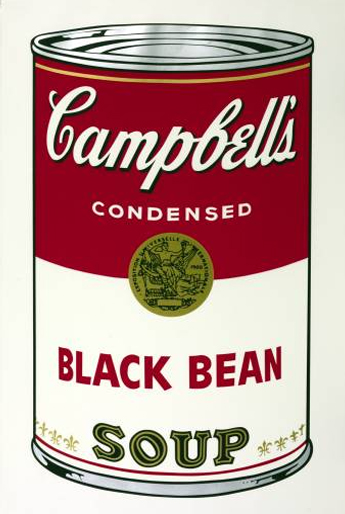Just what is it (to paraphrase Richard Hamilton) that makes Pop Art so different, so appealing? How can one explain Pop's unusually long afterlife, the way in which it continues to speak, with unusual directness, to modern audiences? Maybe it is not such a mystery. Pop represents the first serious attempt, in the fine arts, to describe the urban landscape of the second half of the twentieth century: a landscape of mass-production and consumption, saturated by the images and information poured into it by television and the other big media; a landscape, too, that most of us continue to inhabit.
The drive to encapsulate or somehow define Pop Art has persisted during the 30 or so years that have elapsed since its birth. Its latest manifestation, the Royal Academy's ''Pop Art'' show, opens in a month. But it is an odd fact that the most famous definition of Pop Art remains one written before the work it describes had even come into existence.
In 1957, Richard Hamilton wrote a letter to his friends and fellow-members of the Independent Group, Peter and Alison Smithson, in which he proposed the desiderata of a new art. Hamilton's proposal was, in effect, a list. It was a table of attributes derived from mass-cultural artefacts - films, magazines, cars, pop music - that fascinated him and the other members of the Independent Group and which had been much discussed by them in a series of meetings held at the ICA from the early 1950s on. Might it be possible, Hamilton asked, to make fine art on the model of Elvis Presley records or Buick convertibles? He thought so. He wrote ''Pop art is: Popular (designed for a mass audience), Transient (short-term solution), Expendable (easily forgotten), Low cost, Mass produced, Young (aimed at youth), Witty, Sexy,...


